Explore the Best AI Image Gallery

Bridging Reality and Imagination: VR/ARs Impact on the Creative Industry
The lines between the physical and digital worlds are blurring at an unprecedented pace, thanks to advancements in virtual reality (VR) and augmented reality (AR). These immersive technologies are not just revolutionizing the gaming industry; they are also profoundly impacting the creative landscape, offering artists, designers, and innovators a wealth of new tools and possibilities.
A New Canvas for Artistic Expression
VR and AR provide artists with a revolutionary platform to express themselves. Imagine sculpting in a three-dimensional space, painting on virtual canvases that react to your touch, or creating interactive installations that transport viewers to entirely new realms. These technologies empower artists to push the boundaries of traditional mediums and explore innovative forms of storytelling and visual art.
Gaming: A Playground for Innovation
The gaming industry has been at the forefront of adopting VR and AR, transforming how players interact with virtual worlds. Immersive games transport players into fantastical settings, allowing them to feel like they are truly part of the action. AR, on the other hand, overlays digital elements onto the real world, creating engaging and interactive experiences that blend seamlessly with our surroundings.
Beyond Entertainment: Applications Across Industries
The impact of VR/AR extends far beyond gaming and entertainment. These technologies are finding applications in diverse fields:
- Architecture and Design: Architects can use VR to create virtual walkthroughs of buildings before they are constructed, allowing clients to experience the space and make informed design decisions.
- Healthcare: Surgeons can practice complex procedures in a realistic VR environment, improving their skills and patient outcomes. Patients can also use VR for pain management and rehabilitation.
- Education: Immersive learning experiences in VR can transport students to historical sites, explore the human body, or conduct virtual science experiments, making education more engaging and effective.
Ethical Considerations: Navigating Uncharted Territory
As VR/AR technology evolves, it raises important ethical considerations that must be addressed:
- Privacy and Data Security: Collecting and using user data in immersive environments requires careful consideration to protect privacy and prevent misuse.
- Accessibility and Inclusivity: Ensuring that VR/AR experiences are accessible to individuals with disabilities is crucial for equitable access to these technologies.
- Content Responsibility: The creation and distribution of VR/AR content must be guided by ethical principles to prevent the spread of harmful or misleading information.
The Future of Creativity: A World of Endless Possibilities
VR and AR are poised to revolutionize the creative industry, blurring the lines between reality and imagination. As these technologies continue to evolve, we can expect even more groundbreaking applications that will transform how we create, interact with, and experience the world around us.
The future of creativity lies in embracing these immersive technologies and exploring their boundless potential to shape a new era of artistic expression and innovation.
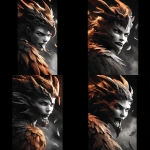
](https://images.ai-img.art/thumbnails/150/3e8c063b4357fc743a3c6e49a3145ee31b2dcecc018c38d2db8f97bf3e3fda3f.webp)
](https://images.ai-img.art/thumbnails/150/1d7b3a908141474d50d90721c394db29c0cb5404d685ae70ea60430c18e905b7.webp)

](https://images.ai-img.art/thumbnails/150/3c5dc62bba83cc9919c20ebfec8430d31e821cef586a2753dd85ef26d77d480a.webp)


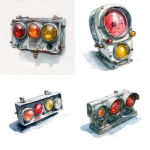

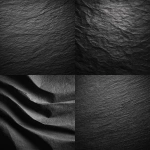
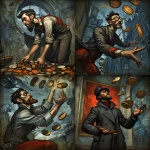


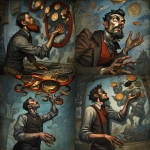

](https://images.ai-img.art/thumbnails/150/1accb5453f2335686b162f0a879c7ce73a18516a33868f214a16bdaf95beeb5a.webp)





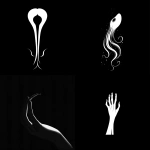
](https://images.ai-img.art/thumbnails/150/8c320ce9aefbbb5b9ec5fd4e1d0fba7388f0fff5b6c2e2f14077cad3008f291d.webp)
